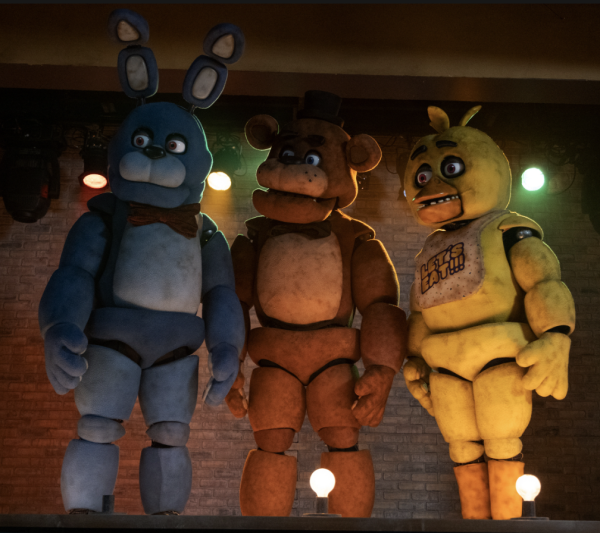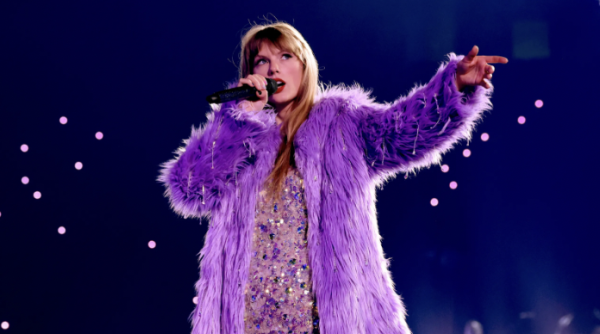Christmas Trees: Real or Fake?
Every December, thousands of trees across the world are carefully chosen by families to be the centerpiece of one of the biggest holidays of the year: Christmas. The history of the Christmas tree goes back to ancient Egypt and Rome, when evergreens were used symbolically. It continues today with the German tradition of lighted trees that were first brought to America in the 1800s. Perhaps one of the most well-known Christmas trees is one that is lavishly decorated annually and displayed in Rockefeller Center in New York City during the month of December.
As our world modernizes, many people have strayed from bringing traditional evergreen trees into their homes, and instead, purchase artificial trees to be used over and over again. According to the National Christmas Tree Association (NCTA), 32.8 million real Christmas trees and 23.6 million new fake trees were purchased in 2018. About 75% of American households have trees, and about 80% of those trees are artificial. These consumers cite many reasons for choosing fake trees, including allergies and space constraints, but one of the most frequently voiced concerns is the environmental impact of cutting down trees every year.
However, the issue is not as simple as it seems. In an article published by the NY Times, Bert Cregg, an expert in Christmas tree production and forestry at Michigan State University, explains that most people think that trees are cut down during the holidays, but Christmas trees are actually “trees are crops grown on farms” and “are not cut down from wild forests on a large scale.” Moreover, while they grow, they do provide many benefits to the environment and are of course biodegradable. On the economic side, Christmas tree farms tend to be smaller, family-owned businesses, and owners encourage the buying of real trees to boost their local economy.
Along the West Coast and in the Northeast United States, the preference for real trees is strongest, especially among younger, more environmentally conscious consumers who purchase organic produce. There are also ways to reduce the impact of buying a real tree: minimizing driving, shopping locally, and recycling the tree. Every year, New York City collects thousands of trees for MulchFest, where they are chipped and converted to mulch to be recycled. This prevents trees from ending up in landfills and thus reduces the environmental impact. As an alternative, other vendors sell living Christmas trees that actually can be replanted each year.
Furthermore, artificial trees may not be as eco-friendly as most people may think. In 2016, Dr. John Kazer from the Carbon Trust explained that “a two-metre artificial Christmas tree has a carbon footprint equivalent to 40kg of greenhouse gas emissions” due to the manufacturing process. The NCTA also explains that “most of the artificial trees on the market are made of PVC and steel in China and shipped to the United States,” and they eventually end up in landfills. But if you already have an artificial tree at home, “you would need to reuse it for at least 10 Christmases to keep its environmental impact lower than that of a real tree,” Kazer also told the BBC.
There does come a time when even artificial trees will be thrown out and enter landfills. Many have expressed concern about keeping plastic out of landfills and recycling it instead, but manufacturers explain how this is a challenge because “the copper, steel and plastic that are fused together in the production process would need to be taken apart to be recycled.”
The most environmentally conscious option would be to actually grow your own tree, others say. Buying a potted tree and reusing it year after year both reduces environmental impact and saves money, as well as provides a tradition for families to follow during the holiday season.
So as next Christmas approaches, perhaps take a few minutes to consider what type of tree will suit your family’s needs in an eco-friendly fashion.










